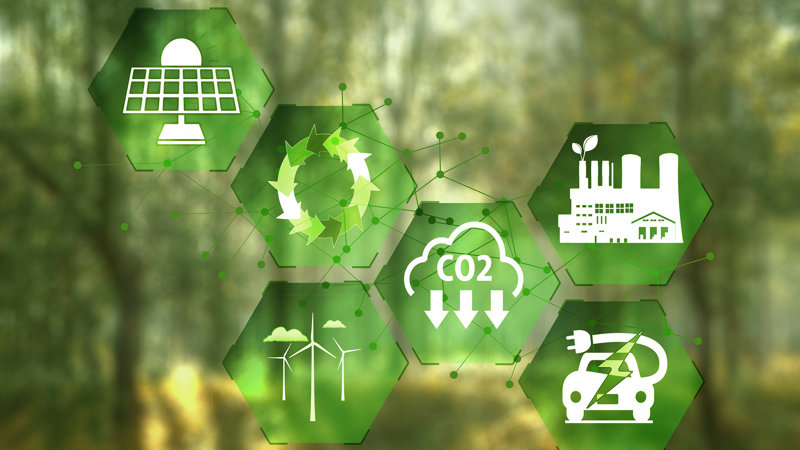RMM 3.0 is on the horizon
15 February 2023

Sustainability remains a core priority for the channel in 2023. With partners feeling the pressure to act on their environmental commitments, Canalys outlines its key predictions for sustainability in 2023.

This year is already proving challenging for the tech industry. The macroeconomic climate remains tough and the largest vendors continue to make layoffs, but the channel’s focus on sustainability isn’t faltering and will likely increase through the year.
IT companies are increasingly aware of how important sustainability is to their customers and are responding by promoting the environmental credentials of their products and practices. However, making exaggerated or misleading environmental claims often results in damaging allegations of greenwashing.
The European Commission is currently discussing multiple proposed regulations to prohibit greenwashing which include:
Before these regulations are implemented, partners and vendors will need to be proactive in gathering data and having total visibility of their direct and indirect impacts.
One of 2022’s defining challenges for the channel was the global energy crisis, which continues into 2023. Although the IT industry’s concerns over energy security have slightly improved, the cost of energy remains a major concern.
Channel partners will continue to embrace energy efficiency as a means of minimizing costs while macroeconomic challenges persist. Optimizing energy use internally is a priority for partners as they work to keep operating costs down, while customers also seek energy efficient IT hardware when refreshing their equipment.
Cost-cutting is currently the primary driver behind the industry’s focus on energy efficiency, not environmental concerns – but it will continue to support transitions to more sustainable IT solutions.
Vendors are increasingly leveraging their partner programs to educate partners on sustainability. HP was relatively early in integrating sustainability into its partner program through HP Amplify Impact, which provides partners with training, marketing resources and access to HP’s product recycling services.
More recently, Lenovo opened its Lenovo 360 Circle to the wider partner community. Partners can register to access individual or collective learning opportunities based on their level of maturity, as well as tools to support sustainability strategies in line with the UN’s Sustainable Development Goals.
Sustainability support is quickly becoming a must-have for partner programs, with Cisco, Salesforce and the cloud hyperscalers competing to meet partners’ increasingly complex sustainability requirements. Partners will expect ongoing support with emerging sustainability challenges, such as Scope 3 data visibility.
For vendors, the business opportunity in device take-back is becoming clearer: through refurbishment or remanufacturing, traded-in hardware and components can become saleable second-hand products. However, vendors can also leverage take-back services to drive new product sales; Cisco demonstrates this approach through its Environmental Specialization, which offers partners discounts of up to 7% on new hardware upon the return of old Cisco products.
Similarly, Dell recently announced a 7% rebate on products returned through its IT asset recovery service – regardless of brand – giving business customers a financial incentive to participate in the circular economy. Like many vendors now, Cisco and Dell deliver ITAD processes in-house, further reassuring partners of the legitimacy and security of their take-back services.
The financial incentives, complete involvement from vendors, and the availability of these take-back services are appealing for business customers, with 57% of partners saying they would likely sell these services (or already do).
But for smaller ITAD partners, which often rely on distributor support and face ‘gray market’ perceptions, vendor movement into the take-back sector represents a major threat to their demand and supply of second-hand devices.